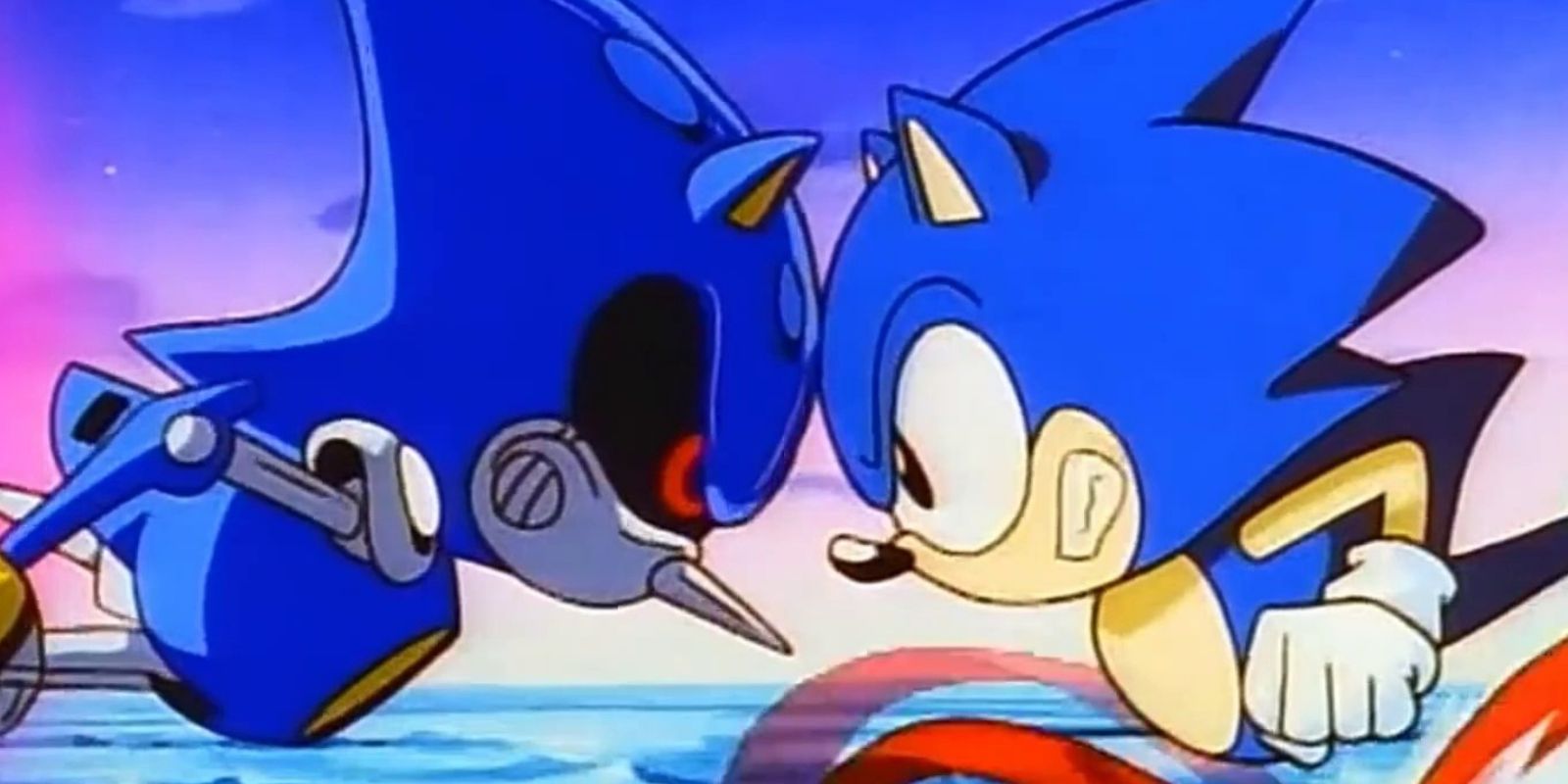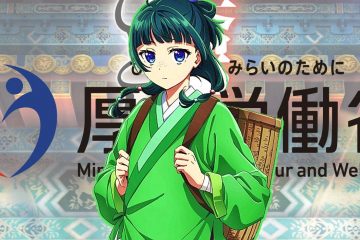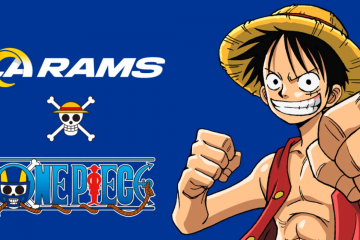Sonic the Hedgehog took the gaming world by storm when he first raced onto the Sega Genesis. Streaking blue faster than the eye could see, Sonic pushed the platformer genre to its limits. Players are transported to Sonic’s home of Planet Mobius as they join the Blue Blur in his battle against the evil Dr. Robotnik. Sonic’s popularity and success grew to such levels that he was given multiple sequels, spin-offs, and more awesome merch than a kid could shake a golden ring at. As Sonic’s adventures propelled him from the Sega Genesis to consoles like the Sega CD, Sega Game Gear, Sega 32X, and even the arcades, it was only natural for him to get his very own animated series. Sonic’s first anime adventure was radically different from what US fans received on syndicated television networks, blending silly slapstick shenanigans with truly thematic elements of death and destruction. A truly mixed bag of content, the Sonic the Hedgehog OVA still stands as one of Sonic’s strangest moments of all time.Sonic the Hedgehog was released in 1991 on the Sega Genesis. Sega had many original IPs to its name before Sonic’s debut with the likes of 1987’s Shinobi, 1984’s Flicky (who later starred in the Sonic series), and 1986’s Alex Kidd, but none had been able to achieve the recognition and fame that Sonic did. In discussing Sonic, it’s important to understand why he became so famous and why he became Nintendo’s biggest rival. Unlike previous Sega titles, Sonic brought an entire world’s worth of imagery, characters, and lore with him. Players weren’t simply moving a character for the sake of defeating enemies and earning points; they were saving the innocent animals that Robotnik had captured. Sonic’s gameplay was fast. Tricky platforming obstacles got in the spiky blue hedgehog’s way, but skillful players were also treated to watching Sonic soar through giant loops, crash through solid walls, and fly through the air. Gorgeous visuals, fantastic music, and an easily identifiable main character all came together to create one of the best platformers of the 16-bit generation. As each of Sonic’s later titles took these elements and expanded upon them, his popularity only continued to expand as well.When they arrive in the darkened land beneath their own, Sonic and Tails are successful in defeating the giant robot; however, a brand-new villain appears — one that not even Sonic can defeat. Metal Sonic, powered by all of Sonic’s thoughts and memories, becomes the ultimate weapon when he threatens the safety of the entire planet. Sonic, Tails, and their gruff-but-loving friend Knuckles, team up to end Metal Sonic and Robotnik before they destroy The Land of the Sky. Sonic the Hedgehog is packed with rocket-fueled action, slick animation, and tons of classic Sonic content. It might not have the greatest script or English voice-acting in the world, but small flaws aside, it’s an endearing and silly romp that gave Sonic a great time to shine.
Sonic the Hedgehog took the gaming world by storm when he first raced onto the Sega Genesis. Streaking blue faster than the eye could see, Sonic pushed the platformer genre to its limits. Players are transported to Sonic’s home of Planet Mobius as they join the Blue Blur in his battle against the evil Dr. Robotnik. Sonic’s popularity and success grew to such levels that he was given multiple sequels, spin-offs, and more awesome merch than a kid could shake a golden ring at. As Sonic’s adventures propelled him from the Sega Genesis to consoles like the Sega CD, Sega Game Gear, Sega 32X, and even the arcades, it was only natural for him to get his very own animated series. Sonic’s first anime adventure was radically different from what US fans received on syndicated television networks, blending silly slapstick shenanigans with truly thematic elements of death and destruction. A truly mixed bag of content, the Sonic the Hedgehog OVA still stands as one of Sonic’s strangest moments of all time.
Sonic the Hedgehog was released in 1991 on the Sega Genesis. Sega had many original IPs to its name before Sonic’s debut with the likes of 1987’s Shinobi, 1984’s Flicky (who later starred in the Sonic series), and 1986’s Alex Kidd, but none had been able to achieve the recognition and fame that Sonic did. In discussing Sonic, it’s important to understand why he became so famous and why he became Nintendo’s biggest rival. Unlike previous Sega titles, Sonic brought an entire world’s worth of imagery, characters, and lore with him. Players weren’t simply moving a character for the sake of defeating enemies and earning points; they were saving the innocent animals that Robotnik had captured. Sonic’s gameplay was fast. Tricky platforming obstacles got in the spiky blue hedgehog’s way, but skillful players were also treated to watching Sonic soar through giant loops, crash through solid walls, and fly through the air. Gorgeous visuals, fantastic music, and an easily identifiable main character all came together to create one of the best platformers of the 16-bit generation. As each of Sonic’s later titles took these elements and expanded upon them, his popularity only continued to expand as well.
When they arrive in the darkened land beneath their own, Sonic and Tails are successful in defeating the giant robot; however, a brand-new villain appears — one that not even Sonic can defeat. Metal Sonic, powered by all of Sonic’s thoughts and memories, becomes the ultimate weapon when he threatens the safety of the entire planet. Sonic, Tails, and their gruff-but-loving friend Knuckles, team up to end Metal Sonic and Robotnik before they destroy The Land of the Sky. Sonic the Hedgehog is packed with rocket-fueled action, slick animation, and tons of classic Sonic content. It might not have the greatest script or English voice-acting in the world, but small flaws aside, it’s an endearing and silly romp that gave Sonic a great time to shine.
#Sonic #Hedgehog #90s #OVA #Blue #Blurs #Strangest #Silliest #Moments
Note:- (Not all news on the site expresses the point of view of the site, but we transmit this news automatically and translate it through programmatic technology on the site and not from a human editor. The content is auto-generated from a syndicated feed.))



